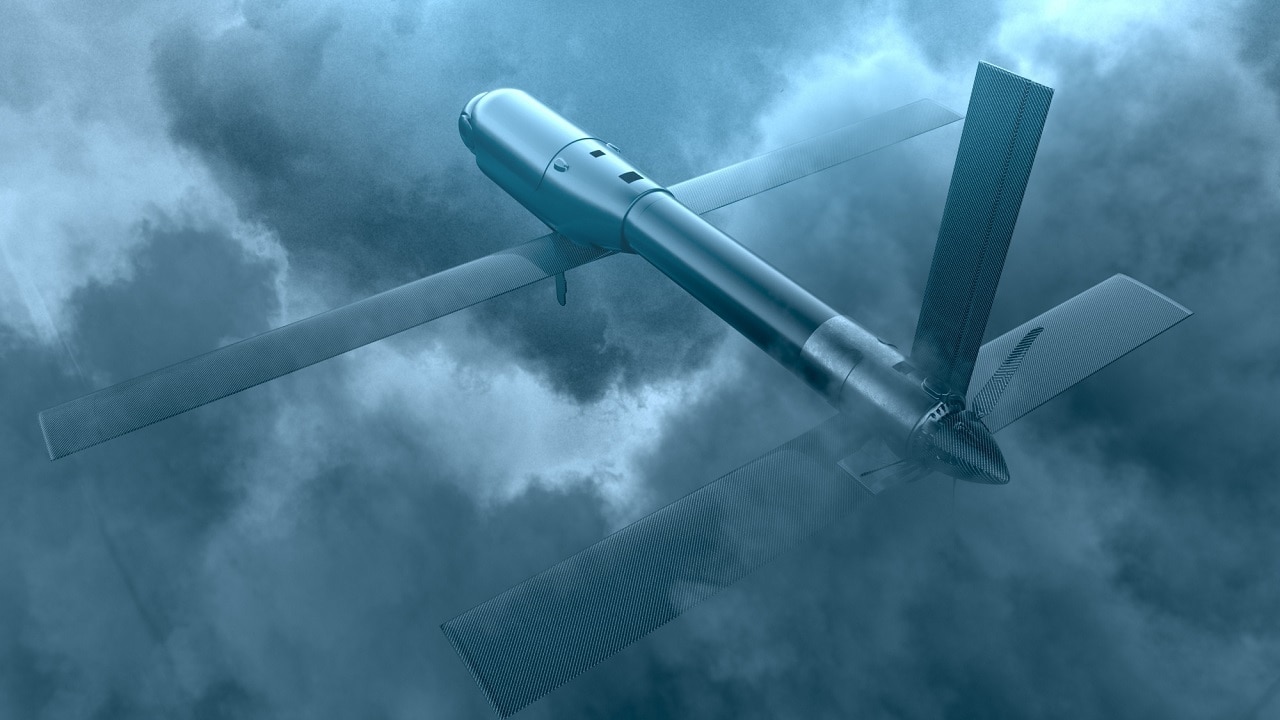New Threat for Russian Troops: Ukrainian Switchblade Kamikaze Drones – As if Russia’s campaign in Ukraine hasn’t enough problems, Russian soldiers face a new threat.
The U.S. has announced that it will supply Ukraine with loitering munitions, also known as “kamikaze drones.” The Biden administration is sending 100 Switchblade weapons initially, and perhaps more later on.
If and when these weapons reach Ukrainian hands, they will be yet another smart weapon to supplement the anti-tank and anti-aircraft missiles that are already wreaking havoc on Russian troops, vehicles and supply columns.
Loitering munitions are odd weapons that can be considered either explosive drones or flying artillery shells, depending on how you define them. The AeroVironment Switchblade 300 is small enough to be carried in the backpack of a soldier or guerrilla. Once Switchblade is fired from its launch tube, wings pop out and a propeller spins to carry the drone aloft. It almost sounds like a hobbyist’s flying machine or a child’s toy, but Switchblade is quite lethal.
Switchblade orbits a target area, looking down with its day and night cameras and relaying the imagery back to the operator, who controls the drone with a handheld controller. Once a suitable target is spotted, the operator commands the drone to dive on the target and explode (hence the “kamikaze” nickname).
To be clear, the range of the Switchblade 300 model isn’t great: 10 kilometers (6.2 miles) and an endurance of 15 minutes, and a cruise speed of 63 miles per hour. The warhead isn’t much more powerful than a grenade.
But so what? Just 2 feet long and weighing just 5.5 pounds, it can be carried as a disposable munition just like the M72 Light Antitank Weapon (which also weighs 5.5 pounds). There is also a larger version – the Switchblade 600 – which weighs 120 pounds including the launcher and has a range of 90 kilometers (56 miles).
Loitering munitions were designed as a sort of foot soldier’s artillery, that a dismounted infantry squad could launch to locate and hit targets on the other side of a hill that would otherwise be shielded from direct fire weapons. That usually means that the infantry have to call in indirect fire from artillery, mortars, or aircraft, but that fire support takes time to arrange and isn’t always available. Switchblade was originally developed for the commandos of U.S. Special Operations Command (SOCOM) – and has since been adopted by the U.S Army and Marine Corps – as organic firepower for foot soldiers.
For the sort of battles that the Ukrainian military is waging and will have to wage, Switchblade is perfect. Ukrainian forces are outnumbered and outgunned by Russian forces far superior in armor and airpower, who will prevail in open field battle. But Ukrainian forces have stymied the invaders through a mixture of choosing to fight in cities rather than open terrain, hit-and-run raids on roadbound Russian columns, and strikes by missile-armed and Turkish-made TB2 attack drones. But with a wingspan of 39 feet, a TB2 is easy to detect and destroy, though Russian anti-drone defenses have proven surprisingly ineffective.
For urban warfare, Switchblade could be particularly useful: a weapon that could be flown into a window, or that can fly over intervening buildings and hit a Russian patrol on the other side of the street. For hit-and-run insurgent warfare, the Switchblade 300 is light enough that dismounted troops – and civilian fighters – could get within a few miles of a road that a Russian supply convoy is traveling down. A Switchblade is small enough that the convoy probably wouldn’t see it coming, further demoralizing an already demoralized Russian army.
A seasoned defense and national security writer and expert, Michael Peck is a contributing writer for Forbes Magazine. His work has appeared in Foreign Policy Magazine, Defense News, The National Interest, and other publications. He can be found on Twitter and Linkedin.

